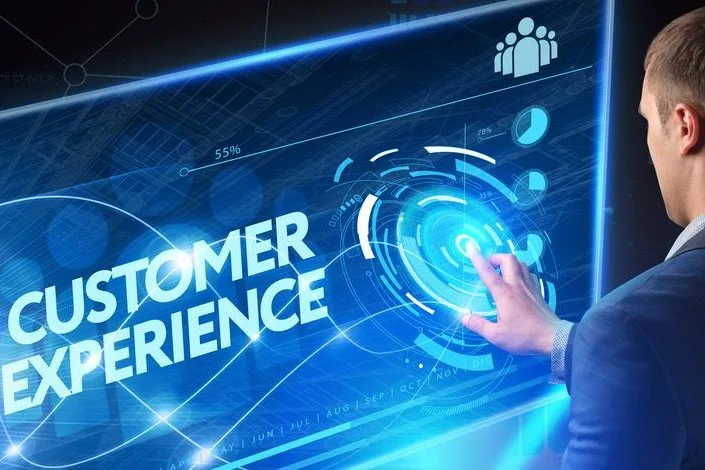The Technologies and Strategies that Drive Profitable Customer Experiences

With consumer expectations higher than ever and brand loyalty subject to their fickleness, winning customer loyalty while maintaining healthy profit margins is no easy feat for today’s retailers. In fact, a recent study by technology market research firm Dimensional Research reports 59% of shoppers will not return to a store after they’ve had a bad experience. On the other hand, customers who have a great experience will spend 2.5 times more than those who did not, according to Harvard Business Review.
“When you look at Amazon, it provides an endless product assortment and makes it incredibly easy for a shopper to get what they want, when they want it, all while delivering an impeccable customer experience,” says Chad Caperelli, director of product management at Radial, a global omnichannel technology and operations provider. “The ability to deliver on consumers’ expectations for a flawless shopping experience is what separates the winners from the losers.”
To retain and acquire new customers, retailers must create a seamless experience across multiple channels, including online, mobile, and in physical stores. A recent Boston Retail Partners study of North American retailers reveals that retailers’ top priorities are to deliver optimal customer shopping experiences (55%) and to increase customer loyalty (50%). The study found that 45% plan to do this by improving their mobile shopping experience and 42% by creating a seamless experience across all channels.
“It’s a tall order, but there are several strategies retailers can implement to deliver seamless customer experiences profitably,” Caperelli says. “They need to not only improve the pieces the customer sees, but also everything behind the scenes.”
First, those with physical locations can maximize cross-chain inventory and associates to provide more fulfillment options, saving the sale and providing shoppers with more convenience, he explains. Inventory optimization technology uses machine learning and advanced analytics to provide better demand forecasts, allowing products to be optimally placed across stores and distribution centers.
Technologies such as artificial intelligence (AI) and visual interactive voice response (IVR) offer consumers enhanced self-service capabilities and personalized experiences. “AI is being adopted in stores and call centers to understand tone and sentiment and gain the ability to derive customer insight and answer their requests,” he says. “And visual IVR, which provides a simple menu-based support experience for smartphone users offers a much faster and frictionless service experience to retrieve order and shipment status.”
Because a positive brand experience throughout the shopping journey is imperative, Caperelli says retailers must also implement strategies that allow their brand to shine. For instance, instead of a retailer’s package arriving with Amazon tape securing the box, it can incorporate branding and customization through the packaging, handwritten notes, and top-of-mind communication with in-transit shipping notifications and an easy return process, he adds.
“It’s one thing to meet consumers’ expectations in today’s retail environment, but doing it profitably is what defines success,” Caperelli says. “These technologies that drive the customer experience while reducing operational costs are having a tremendous impact on consumer satisfaction and bottom-line savings for retailers.”
But Caperelli cautions retailers that implementing the technologies required to profitably drive customer experiences can be complex and costly. He suggests they consider a partner that can efficiently connect all the pieces behind the scenes, enabling retailers to focus on their core business.
“Radial, for example, manages everything for retailers from the moment a customer makes a purchase—from distributed order management, store fulfillment, payments and fraud management, to fulfillment and customer service—enabling them to deliver on customers’ high expectations,” Caperelli says. “Unless a retailer has scale and expertise, outsourcing to the right partner with the capabilities and proven track record is the best approach.”
